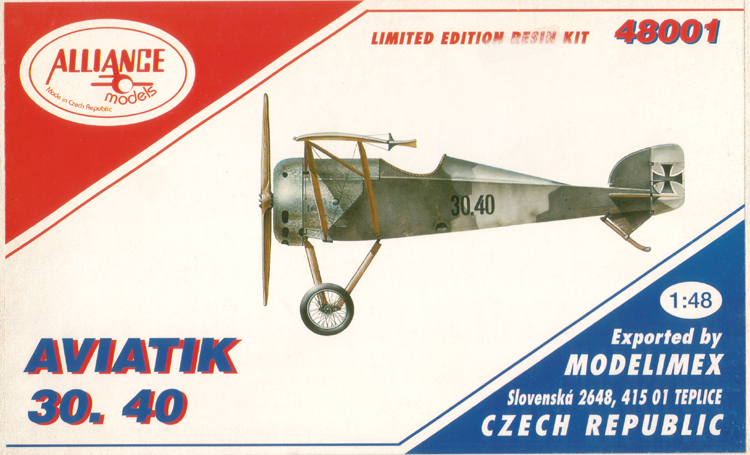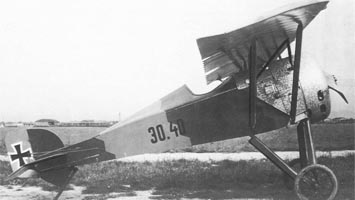
A chance find - and probably the most unusual aircraft kit I''ve seen in a long time. Alliance Models' delightful little 1/48 scale Austro-Hungarian parasol-winged fighter prototype - the Aviatik 30.40.
Link to Item
If you have comments or questions please post them here.
Thanks!
























